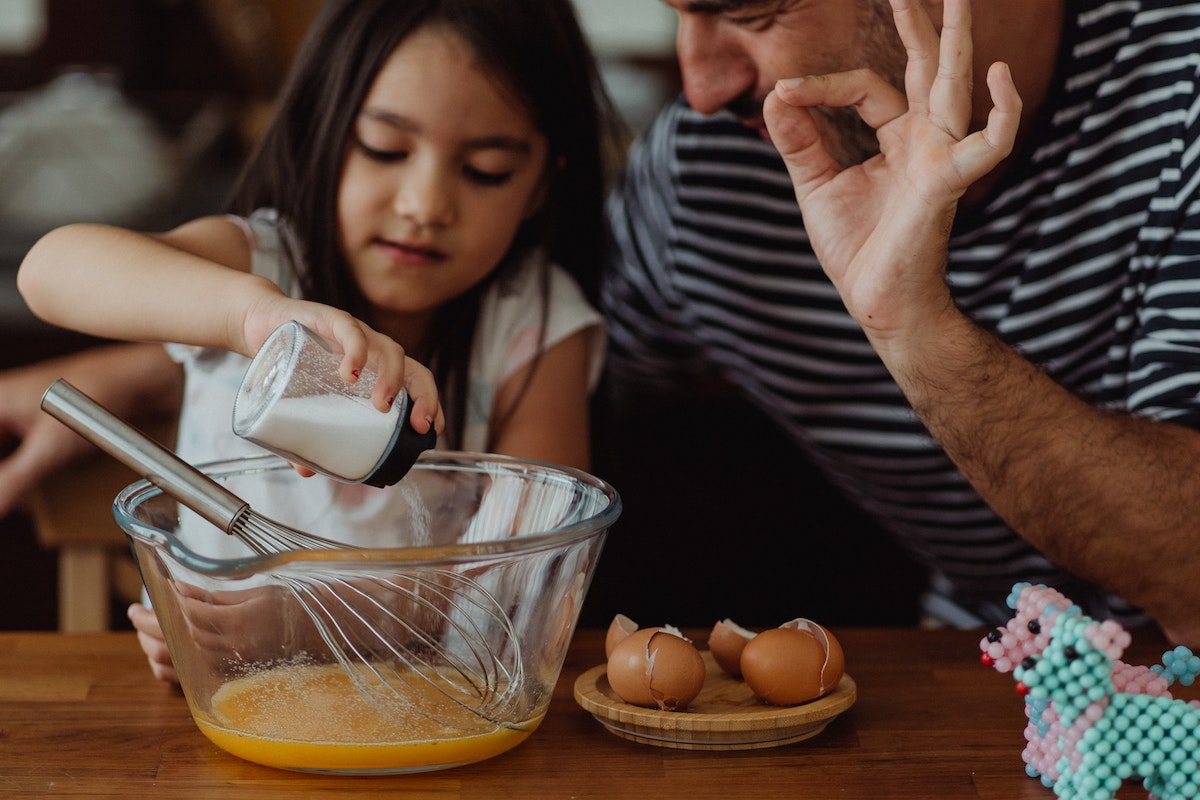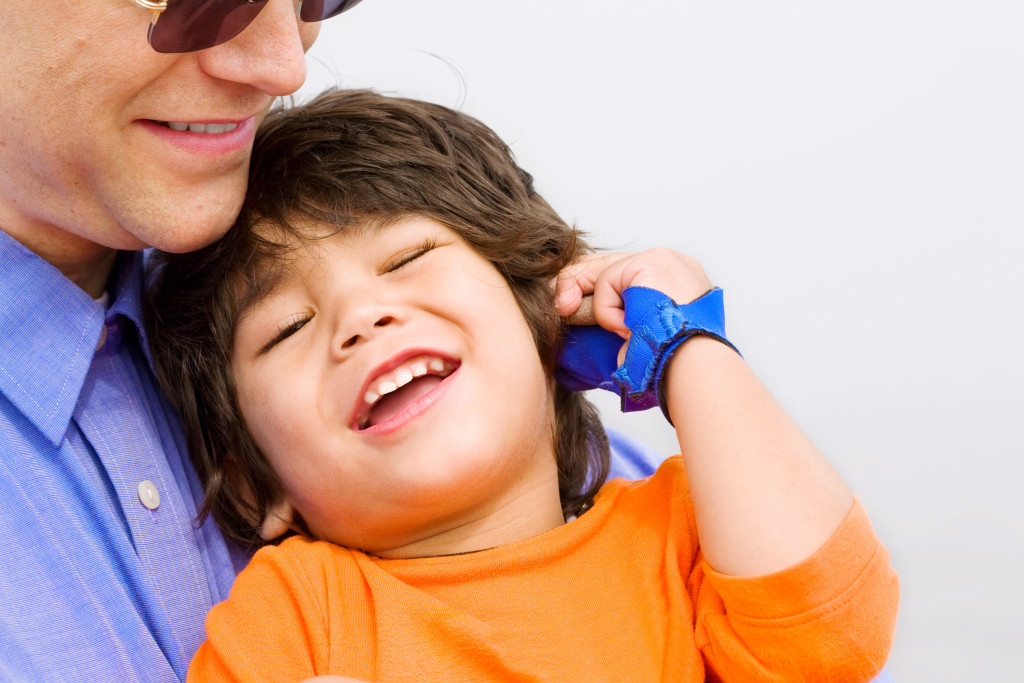Teaching kids how to bake can be a rewarding experience for both parent and child. Not only is it an enjoyable activity, but baking also teaches children valuable math, science, and nutrition lessons.
However, there are some important safety considerations that parents should take into account when teaching their children how to bake. Teaching kids the basics of baking can help them better understand ingredients and measurements while instilling in them the importance of following instructions carefully to get desired results.
Carefully monitor children when using heat sources.
Kids have so much to gain when learning how to use heat sources like stoves and ovens. Teaching them how to bake can be a wonderful experience, both in its representation of familial togetherness while making delicious treats and its educational value.
However, it is essential to carefully monitor children when using potentially dangerous items such as these. If appropriately done, kids can learn safely about following instructions and safety precautions – strong values for any kitchen or any baking.
This instills confidence and understanding in young bakers and provides a platform for teaching about responsibility – something that will serve the child for many years into the future.
Start with simple ingredients.
When teaching kids how to bake, starting with simple ingredients is vital for a successful and enjoyable learning experience. Not only does this ensure that the baking process is easier for young learners to understand, but it also allows them to experiment and perfect their skills without becoming overwhelmed or frustrated.
Working with essential items such as a simple scones mix allows children to follow ingredients instructions confidently and encourage experimentation by adding fun extras such as sprinkles and fruits. By teaching kids how to bake using simpler supplies and easy recipes, you can ensure that they have both a positive and entertaining experience!
Teach children about food safety.
Teaching children about food safety and proper hygiene practices is an essential part of the baking process. Cooking and baking can be excellent ways for kids to learn about nutrition, math, science, problem-solving, and more.
However, it’s equally vital to be taught good hygiene habits, such as washing their hands thoroughly before touching any ingredients or cooking tools. Doing something as simple as ensuring children wash their hands with warm water and soap or using hand sanitizer will help ensure a safe environment while they cook.
Not only will this help keep them safe from germs, but explicitly teaching them proper hygiene practices will likely also affect their experience in learning how to bake. Good food safety knowledge and understanding may even incentivize children to get creative with their recipes – knowing how to prepare ingredients properly can give them newfound respect for the work involved in creating delicious dishes while also building their confidence in cooking.
Explain to kids the importance of following instructions.
A crucial step in becoming a competent baker is carefully following instructions. Explaining this to children can help them understand how baking works and cultivate a passion for the craft early on.
They should be taught to read recipes thoroughly, pay attention to amounts and measurements, and be as precise as possible with their mixing and baking times. This will ensure that the result matches exactly what is intended in the recipe, giving children great joy and success when they complete their baked creations.
Encourage kids to measure out ingredients.

Encouraging kids to use measuring cups, spoons, and other tools correctly is key to creating a successful baking experience. By measuring ingredients accurately according to recipes, children gain a more profound familiarity and understanding of how different elements react with one another in various proportions.
Plus, precise measuring of ingredients teaches kids fundamental cooking principles, such as how to absorb liquids at different rates or how much butter must be added for an adequate bake. For example, if too much sugar is added without realizing it, the end product will be sweeter than desired.
Demonstrating proper measuring techniques can help avoid making these mistakes and ensure that what’s cooked tastes delicious! Also, teaching kids about appropriate measurements helps them gain skills that could be handy in future cooking adventures.
Demonstrate how to read labels properly.
Reading the label for ingredients in a food item is essential, particularly when baking with kids. Taking the time to explain how to read the labels properly allows the kids to understand better what is going into their baked goods and what could be left out.
This can empower children by teaching them the important items to look out for, such as allergens and potential conflicts with specific dietary requirements. Consequently, this helps keep them safe and allows them to confidently participate in creating treats for themselves and others, knowing what ingredients should be included or avoided. It’s essential for any parent or guardian who is teaching kids how to bake to take the time to explain thoroughly how these labels should be read.
There you have it – a comprehensive list of tips to consider when teaching kids how to bake! With these considerations in mind, you can help your kids become confident and knowledgeable bakers while making sure they are safe and having fun!



